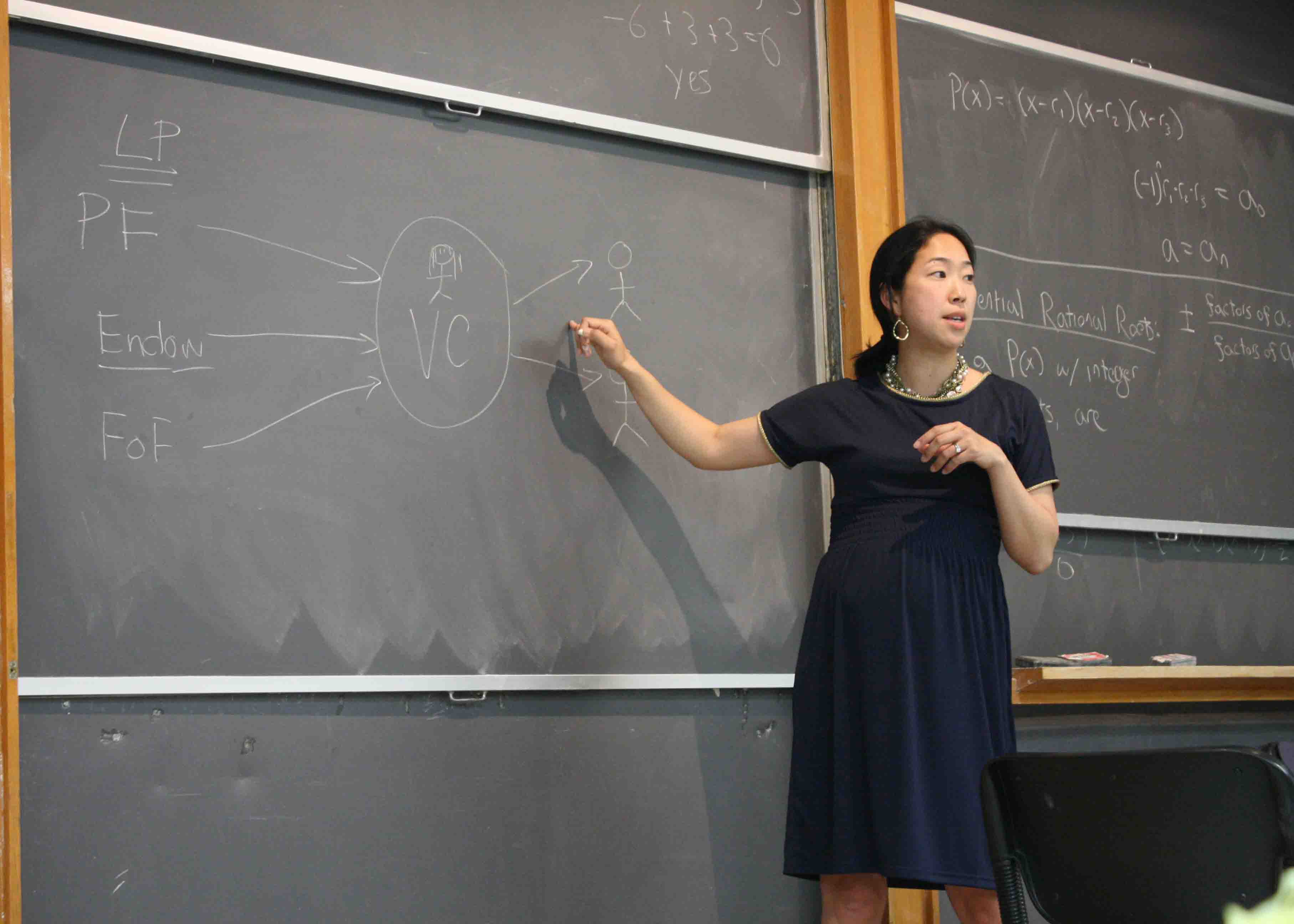
If there is one thing that Yale faculty members agree on, it’s that getting an A at Yale is too easy.
According to a recent News survey, 92 percent of faculty respondents believe there is grade inflation at Yale. Sixty-two percent said it is too easy to get an A, while 30 percent said that grade inflation exists but is not excessive. Only 3 percent of faculty said there is no grade inflation at the University.
The News distributed the survey in late August to members of the Faculty of Arts and Sciences’ 53 academic programs and departments, with a response rate of 36 percent, or 314 faculty members. This story is the first in a three-part series examining faculty perspectives on a range of issues, from politics to academics to university administration. Survey results were not adjusted for bias.
Because Yale does not release GPA data, it can be difficult to quantify grade inflation at the University. But the cum laude cutoff for last year’s graduating class was 3.80, meaning that 30 percent of students graduated with an average well above A-.
“We are doing a disservice to our students, if we pretend that this much of the work being submitted is that good,” said philosophy professor Shelly Kagan. “How can they tell how to get better, if we pretend that everything is already at the highest level we can reasonably ask for?”
According to a 2013 report by the Committee on Grading — convened by former Yale College Dean Mary Miller GRD ’81 in response to rising grade-point average cutoffs for high honor — the mean course grade rose from 3.42 in 1998–99 to 3.58 in 2011–12, on the traditional four-point grading scale.
English professor Leslie Brisman said grade inflation, particularly in his department, likely stems from the abandonment of an old policy that grades would not be written on individual papers unless students requested them. When Brisman began teaching at the University in 1969, he said, he was advised to only offer grades to students who came to him to discuss their work in person.
“Grades interfere with students’ ability to process the comments we work so hard to get just right,” Brisman said. “They also contribute to grade inflation since they put pressure on instructors to raise the grades from essay to essay.”
In 2013, the Committee on Grading recommended reforms to Yale’s grading system designed to prevent “compression,” or the phenomenon in which large numbers of students receive the same mark, whether high or low.
The committee’s central proposal was to switch from an A-to-F system to a numerical one in which students would receive point scores from 0 to 100. But the committee abandoned that proposal at a contentious faculty meeting, as students protested outside arguing that the new system would cause too much stress.
Kagan, who has earned a reputation among students for his harsh grading practices, said he does not grade on a curve and that typically 20 to 25 percent of his class ends up with an A-range grade and another 50 percent receive grades in the B range.
He added that he finds this overall distribution reasonable, especially considering students’ improvements over the semester. He said the median grade for the first paper in one of his introductory classes is a C+.
“I imagine that most students at Yale have never seen any kind of C in their life, let alone a worse grade, but of course we already know that Yale students are among the most talented in the world,” Kagan said. “The relevant question now is how they are doing relative to the kind of work that one might reasonably expect or hope for from Yale students.”
Schools across the country have adopted various approaches to combating grade inflation, from grading on a curve to including a class average on students’ transcripts alongside their final grades. Princeton, most notably, tried to curb grade inflation by mandating that just 35 percent of grades distributed in each department could fall in the A range, but the school ended that policy three years ago amid concerns that it created a negative campus atmosphere.
A system that works at one school might not translate well to another, said Joseph Zolner, an expert on higher education at Harvard’s Graduate School of Education.
“A lot of these academic policy issues are local as well,” Zolner said. “It’s often a very localized institution-specific kind of situation.”
Survey respondents’ views on grade inflation varied across the disciplines. Fewer than half of those in the humanities said it is too easy to get an A, compared to 72 percent of STEM faculty.
Grade inflation may also vary from introductory courses to upper-level classes, said Brisman, speculating that in advanced courses in most departments, students do not submit work below an “honest B+.”
“Yale students by and large care a great deal about what they are doing and do it well,” Brisman said. “And within the student’s major, the A and A- grades may not be inflated at all.”
Rachel Treisman | rachel.treisman@yale.edu | @rachel_treisman
David Yaffe-Bellany | david.yaffe-bellany@yale.edu | @yaffebellany







